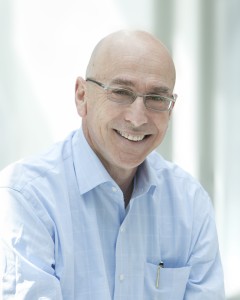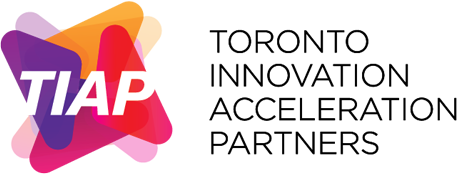A discovery that could help millions of diabetics worldwide is the subject of a lucrative pharmaceutical deal that will enrich the Toronto hospital that created it – part of a growing trend of selling science to help shore up Canada’s troubled health-care system.
Tuesday’s agreement between Sanofi-Aventis and Sunnybrook Health Sciences Centre on a wound-healing molecule demonstrates how entrepreneurial hospitals can become when the very sustainability of medicare is in question.
But the licensing deal with one of the world’s biggest drug companies is also savvy medically. Until recently, some hospitals were reticent to capitalize on their discoveries, seeing commercialization as unsavoury, but now many believe it’s one of the quickest ways to get a drug to their patients.

“We’re moving into an era where sustainability [of medicare] is becoming an issue for everybody,” said Raphael (Rafi) Hofstein, president and chief executive officer of MaRS Innovation (MI), a not-for-profit organization that brokered the deal. “Every time we talk to governments about our needs, they will suggest to us we improve our capabilities vis-a-vis industry.”
MI fills a void in research development, one that sometimes saw promising discoveries fail to reach a market or provide profit to scientists or hospitals. MI offers a form of one-stop shopping, helping to locate exciting discoveries and broker deals between academic institutions and industry, working on licensing and company creation.
This deal will be watched closely by hospital presidents, who are seeking novel ways to generate revenue far beyond mundane methods of parking lot fees and food kiosks. Some have already sold consulting services to the Middle East on how to build a better cancer system, cardiac unit and children’s hospital.
The wound-healing discovery is potentially crucial to the world’s nearly 300 million diabetics, including three million Canadians. About 15 per cent of patients will go on to develop a foot ulcer, with some requiring partial foot or leg amputation due to the wound’s failure to heal. If all goes well, it would take seven to 10 years for the drug to come to market.
No one would reveal the financial details of the deal for vasculotide, a compound to treat the chronic wounds, but Hofstein described it as being the biggest one done at MI so far.
MI “brokered [an] outstanding arrangement with Sanofi-Aventis, provided that everything falls properly into place in terms of science and clinical development,” said Hofstein, adding that the deal could be lucrative for Sunnybrook and the scientists who did the research, Daniel Dumont and Paul Van Slyke.
The deal provides the drug company with an exclusive, worldwide option to develop and commercialize vasculotide, the new molecule that Hugh O’Neill, president and CEO of Sanofi-Aventis Canada, called a “potential breakthrough.”
The compound is provided intravenously, and in animal studies it helped accelerate wound healing, in addition to creating a better, deeper heal. Diabetic wounds tend to reopen.
“It’s extremely exciting,” said Dumont, senior scientist at Sunnybrook Research Institute. “Being one of the first 20 years ago to identify the target, then being able to come full circle and make a drug that can actually make people better. You don’t get that opportunity very often.”
He and Dr. Van Slyke, senior research associate at the institute, took the discovery two decades ago and turned it into vasculotide. Dumont stressed it has only been tested in animals, adding that “if you are a mouse with a wound, we can heal you.”
Clinical trials could start on humans as early as six months from now, said Sunnybrook’s vice-president of research, Dr. Michael Julius, who said he was concerned about the “potential negative read of hospitals getting into commercialization.”
Julius stressed that once teaching hospitals make a discovery, the way to get it to patients is by going through the rigors of commercialization. Money made from royalties in this case will be plowed back into research and patient care. He described the study results as “breathtaking.”

